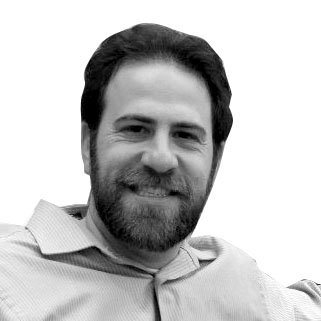It takes nothing away from Wil Hylton say that his subject, Pat Scannon, is a reporter’s dream. Scannon was a medical researcher who became obsessed in 1993 with finding several American pilots who disappeared while flying over the Pacific Ocean in World War II. He, not Hylton, the author of Vanished, is the one who has done most of the research on the pilots and their excavation process. And it is he who discovered a mystery.

But it takes an author to turn a mystery into a book, and Hylton does a fine job of it. A New York Times Magazine reporter, Hylton has produced a work that is alternately exciting and moving. And yet, ultimately the book is unsatisfying, because the mystery remains unexpectedly unsolved.
Scannon found his calling while on a scuba diving trip to Palau, a group of small islands near Japan. He was tagging along on a pal’s search for the first combat kill of George H.W. Bush’s navy flights in World War II. A local guide took them to a beach that had remnants of a downed plane. Inside were a number and an ID plate with the words, “eneral Electric” [sic]. It was an American plane, and Scannon was unsure whether anybody knew of them—he found others—or of the pilots who presumably died in them.
Upon returning to California, he began researching the lost planes. No records of them existed, and few accounts existed of the air campaign over Palau at all. “The fight for Palau was spread across eighteen months of combat that dyed the white sand red,” writes Hylton, and yet the battle has been overshadowed in historical memory by the battles at Iwo Jima and Okinawa, and by nearly every other aspect of the Pacific War. He began contacting veterans’ groups and military libraries, making repeated trips to the islands the find the missing men.
And the men were only missing, not indisputably dead. The most moving parts of Vanished detail the way in which the disappearances of the servicemen haunts families for generations. “What distinguished the missing soldier from other combat losses,” writes Hylton, “was that the family was deprived not only of a son, but of a clear explanation for his loss.” Hylton quotes academics who find that, “For most of these MIA adult children, unless they are convinced that the fullest possible accounting has been made, and/or unless the father’s remains are located, adequately identified, and returned to the family, their prolonged, ambiguous grieving will continue indefinitely.”
Family members imagine the veteran they love falling into the hands of Japanese, who were notorious for their brutality. Others maintain drops of hope that the veterans escaped and are alive somewhere. Still others are convinced that the airmen returned to America but began new, anonymous lives.
Vanished recounts the individual lives of the missing men. But the chapters on them are short, numerous, and interspersed with recounts of Scannon’s hunt. The result is that the soldiers become indistinguishable, and caring about them as specific people is difficult.

Only Scannon is exempt from this character flatness. Thankfully, he is a fascinating individual. Before he is invited on the scuba trip, he is living a life that even he finds boring—working 12-hour days, rarely deviating from routine, and existing as a one-dimensional person. Searching for the vanished men offers meaning to his life as nothing else did. “‘I just came around that bend in the coral,’ he would say, ‘and I was a different person.’” Scannon’s wife was just happy that he had found something he enjoyed besides working.
He has to work closely with the US military, but he is not entirely comfortable with it. Halfway through Vanished, we discover why. Scannon becomes more than just a man obsessed with solving a mystery. His mother worked for the Nazis as a teenager in Czechoslovakia, but assisted the Czech resistance and married an American G.I. in postwar Germany. The couple divorced back in America, and the man his mother remarried, Harry Walterhouse, was a veteran-turned-military theorist. Walterhouse ran his house the only way he knew how—with militaristic discipline. Inspections, harsh penalties for misconduct, and consequences for insubordination were the norm. Scannon’s quest to find missing soldiers is something he sees as a way to become comfortable with his painful past.
Perhaps it takes a motivation of that kind for a man to fixate on something the way Scannon does. He interviews families, makes repeated trips to Palau, and places at the forefront of his life a hunt for men he never knew. Even the grateful families he is working with don’t know what to make of him.
There would not be a book if Scannon did not make some progress with his search, so revealing that he finds some of the things he is looking for cannot come as much of a spoiler. For the families of the missing men, of course, finding their loved ones is the only part of the story they’re concerned with. For the reader, however, the sleuthing Scannon does is the point. Whether or not all the men are brought home from their lost planes in Palau, it is fitting that Scannon is determined to be cremated and have his ashes scattered across the island, “so that in his final place he would be one with the islands, forming a bed to cradle the men.”






